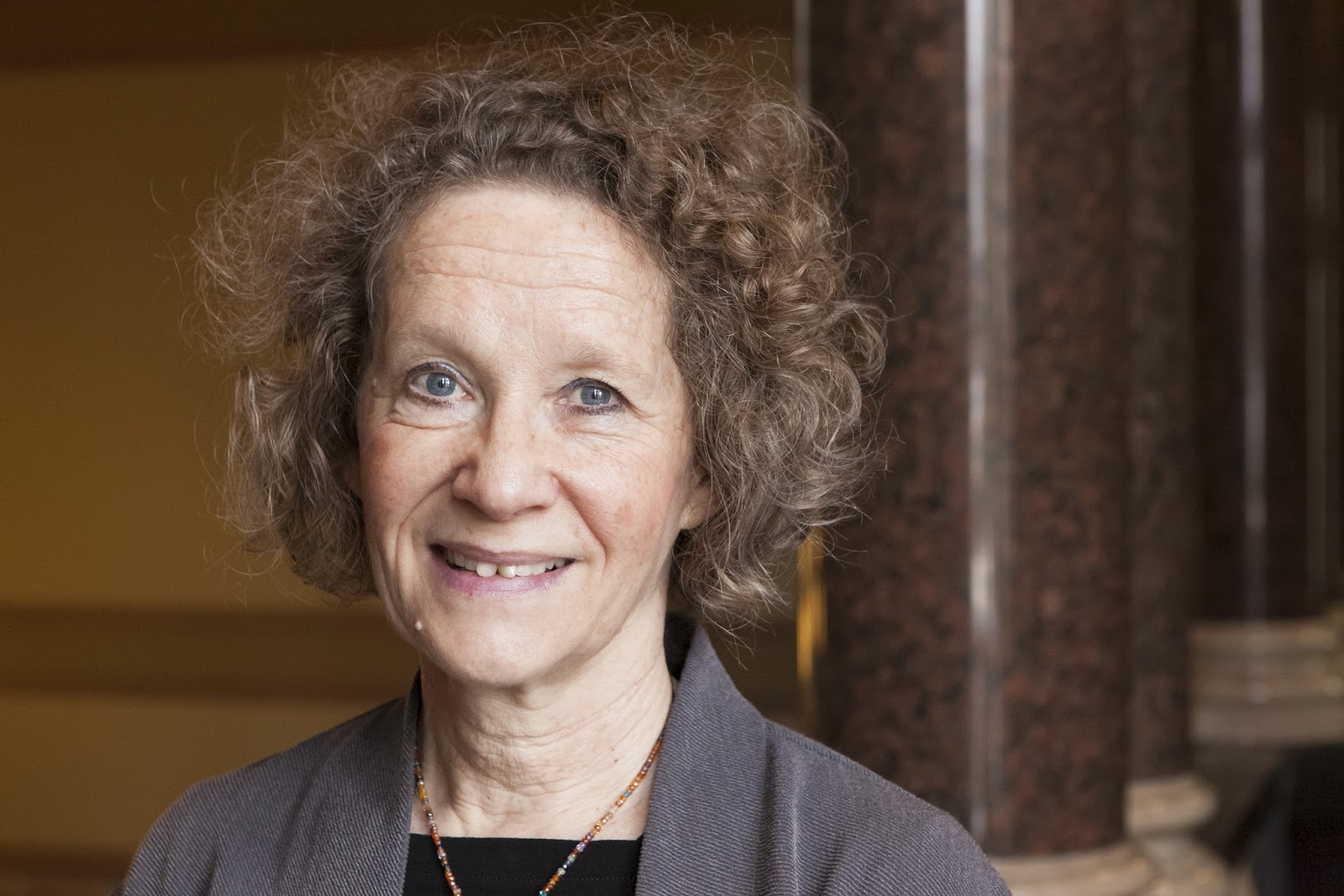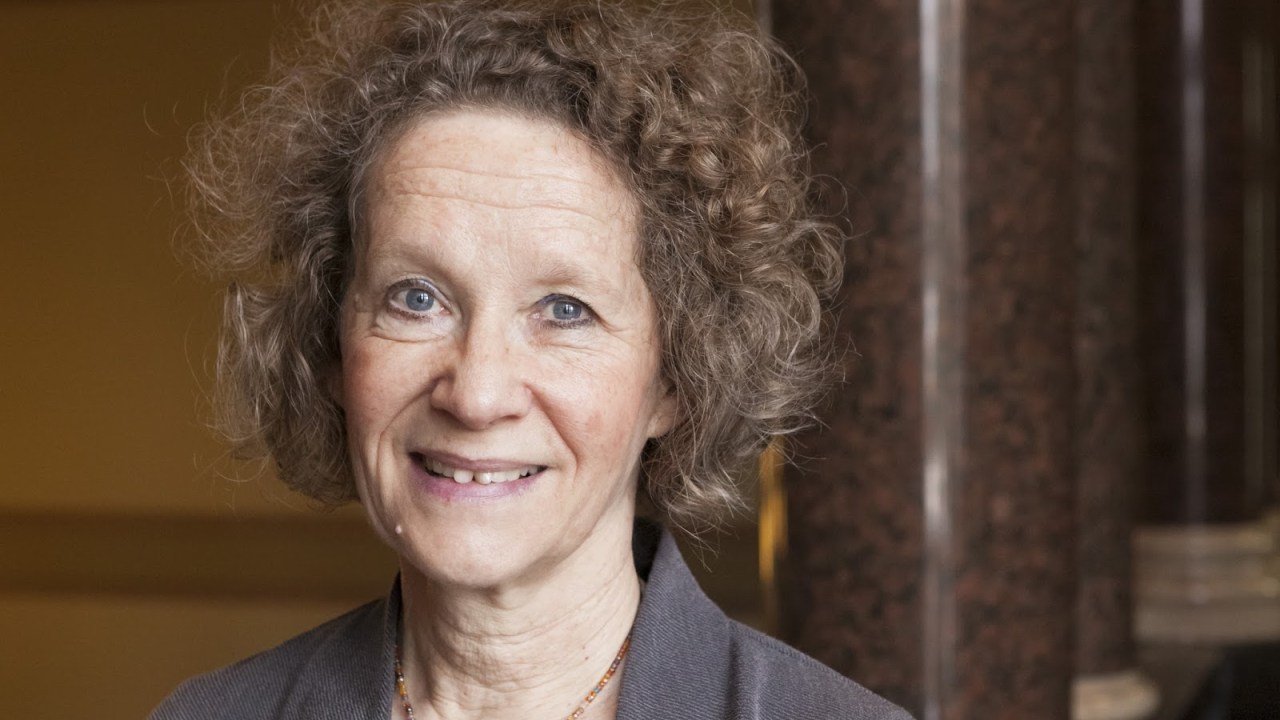Our next annual meeting guest post previews a session I’m particularly excited about. Rainey Tisdale has assembled a panel of researchers and museum practitioners studying how museums can contribute to our individual and collective well being. Regular readers of this Blog know that I’m an advocate for the kind of large scale, long term longitudinal study that could tease out the small, subtle but cumulatively transformative impact of our field. In this session, Rainey pulls together some of the threads that may, in time, form the weft of this tapestry of data.
 |
Carol Ryff, professor of psychology
University of Wisconsin |
Meet Carol Ryff. She’s a professor of psychology at the University of Wisconsin who studies well being in the general public. She is best known for developing quantitative methods for assessing individual levels of well being; her measures of Psychological Well Being (which involve six dimensions: self acceptance, personal growth, purpose in life, positive relations with others, environmental mastery, and autonomy) have been translated into 30 languages, resulting in more than 500 publications. As Director of the Institute of Aging at the University of Wisconsin, she leads Midlife in the United States (MIDUS), an interdisciplinary, longitudinal study of health and well being from early adulthood through old age.
What does Carol have to do with the future of museums? After years of studying factors that negatively or positively affect well being across gender, ethnicity, socio-economic status, and life stage, Carol has formulated a hypothesis that participation in arts & culture, including visiting museums, plays a significant role in improving lifelong health and well being. Building a body of evidence around this hypothesis is a new priority in her research. In Carol’s version of the future of museums, she imagines institutions that help young children connect with the tools and resources they need for self acceptance, personal growth, purpose in life, positive relations with others, environmental mastery, and autonomy; and then support them with a lifetime of self development experiences, in the process reducing their risk of major disease and mental illness, and increasing their quality of life as well as their life expectancy.
I myself have come to know Carol—and to share her vision for museums—through my participation in an international working group she convened to catalyze new research on the role of arts and culture in promoting human betterment. This group includes academics and practitioners from fields as varied as public health, population studies, medicine, architecture, comparative literature, poetry, and yes, museums. Our goal is to build on promising sparks of existing research (like this Happy Museum Project report; Chatterjee and Noble’s 2013 book Museums, Health & Well Being; and Bygren, Konlaan, and Johansson’s longitudinal study of the relationship between cultural participation and longevity, summarized here) to develop a robust and comprehensive body of evidence about cultural participation and well being across multiple social factors and types of engagement.
Those of us who work in this field may intuitively understand how museums contribute to well being. In fact, that may be one of the reasons we chose this profession—we ourselves have personally experienced the ways museums make life better. But we need to prove this point to the general public. And we need to see how far we can take it. For example, can museum visits reduce your blood pressure? Can they increase your self esteem? If so, are certain types of museum experiences more effective at such outcomes than others? Can museums support well being across all socio-economic levels and stages of the life cycle, or do certain groups benefit more than others? What is the impact of cultural participation in well populations versus sick populations (i.e. does it have both preventative and therapeutic value)? And how does health and well being map in relation to other public goods that museums care about—inclusion, curiosity, informal learning, civic engagement, and creativity?
This is where Carol and other social scientists like her come in. They can help us study museums and document their impact in a way that matters outside the confines of our own, often isolated field. Not to knock the hard work and dedication of museum evaluators, but it’s not enough to publish audience studies in museum journals that are only read by museum workers. To make a stronger case for the role museums play in society, we need more research about museums published in peer-reviewed journals in social science and biomedical fields.
At the AAM conference in St. Louis next month, Carol will be sharing her research, and its implication for museums, as part of a session on Museums & Well Being that will take place on Monday, May 8 from 8:45 to 10:00. Our panel will also include two amazing Danish museum professionals: Karen Grøn and Line Chayder. Karen is Director of the Trapholt Museum of Modern Art and Design in Kolding, Denmark. Under her leadership, the Trapholt has been developing multiple initiatives to explore health & well being, including adapting Carol’s measures of Psychological Well Being for use in museum evaluation and a “cultural prescription” program where doctors prescribe visits to the museum to improve their patients’ health. Line is Art Educator at the Louisiana Museum in Humlebæk, Denmark. Her project “Traveling with Art,” which works with refugee teens from Red Cross Schools to strengthen resilience, social connections, and identity through creative expression, won an ICOM Committee for Education and Cultural Action 2016 Best Practice Award.
During the session, we’ll look at what we know and what we still need to learn about museums and well being. We’ll also explore the practice side: if you want to experiment with projects that support well being at your museum, where do you start? We will discuss strengthening collaborations between museums and social scientists, and will try to synthesize it all into some larger understandings and takeaways about the future potential for museums and well being. Please join us.
Rainey Tisdale (@raineytisdale) is an independent museum professional who leads for change on a number of field-wide issues, including place-based interpretation, creative practice, collections stewardship, and museums & well being. With Linda Norris she is the author of Creativity in Museum Practice, and with colleagues Trevor Jones and Elee Wood she is a founder of Active Collections, a national effort to re-envision American museum collections stewardship. Her work on #BostonBetter, a partnership by 25 cultural institutions in response to the Boston Marathon bombing, has led her to further exploration of the role of museums in lifelong well being & resilience. She is currently collaborating with Boston colleagues—both museum educators and social scientists—to develop a local community of practice around these issues.
Elizabeth Merritt











